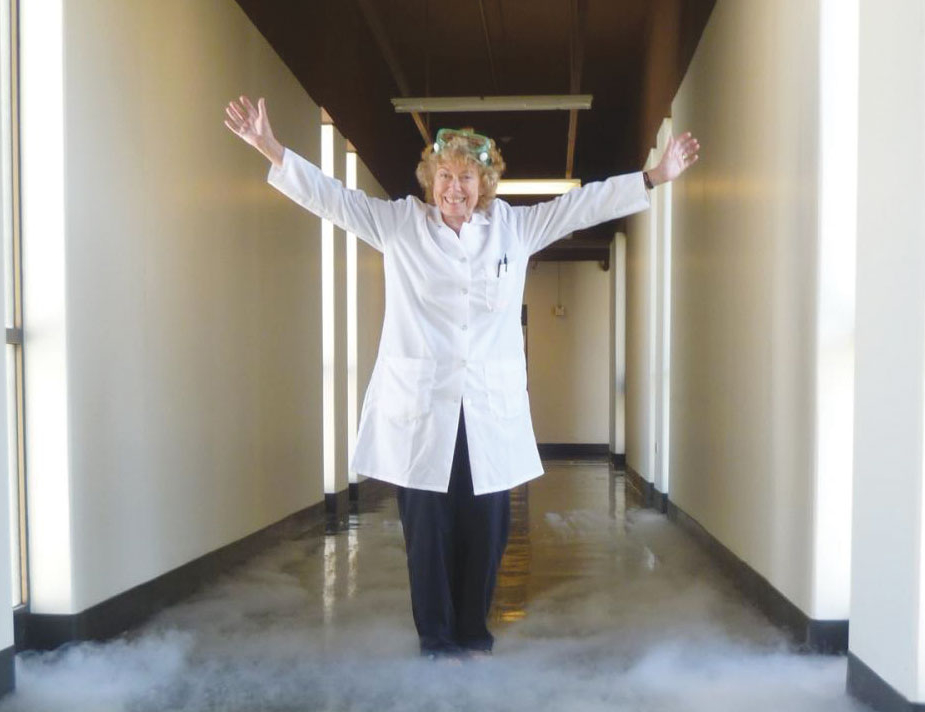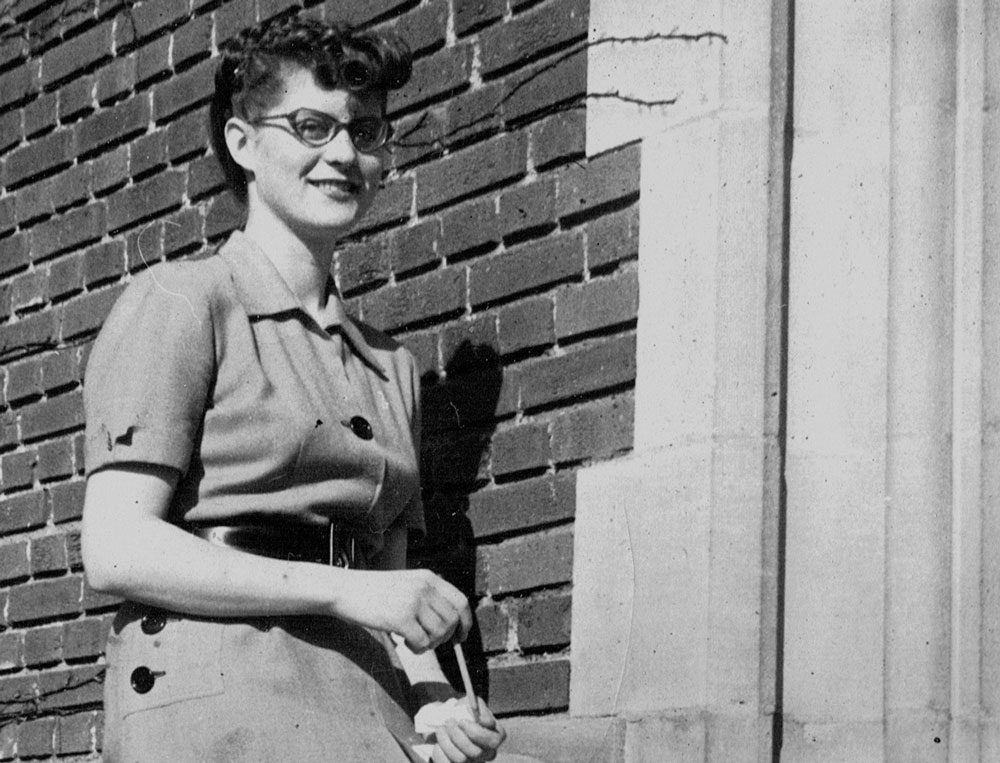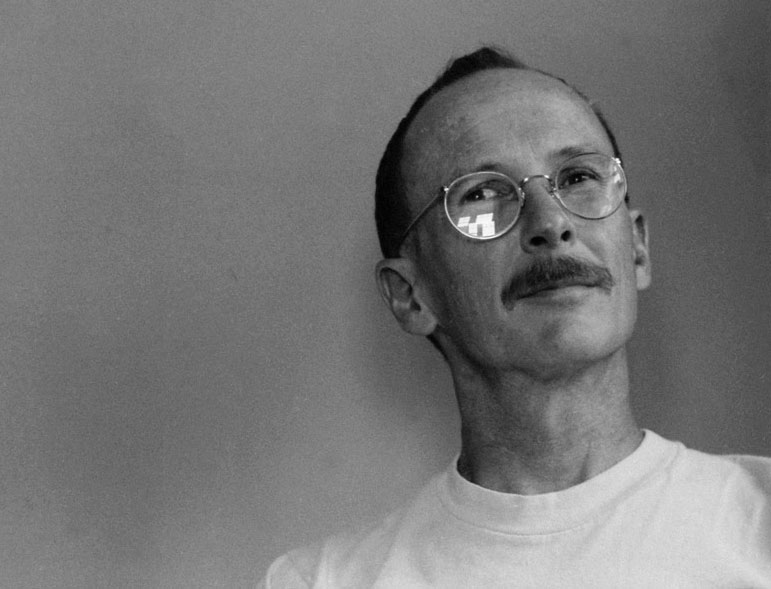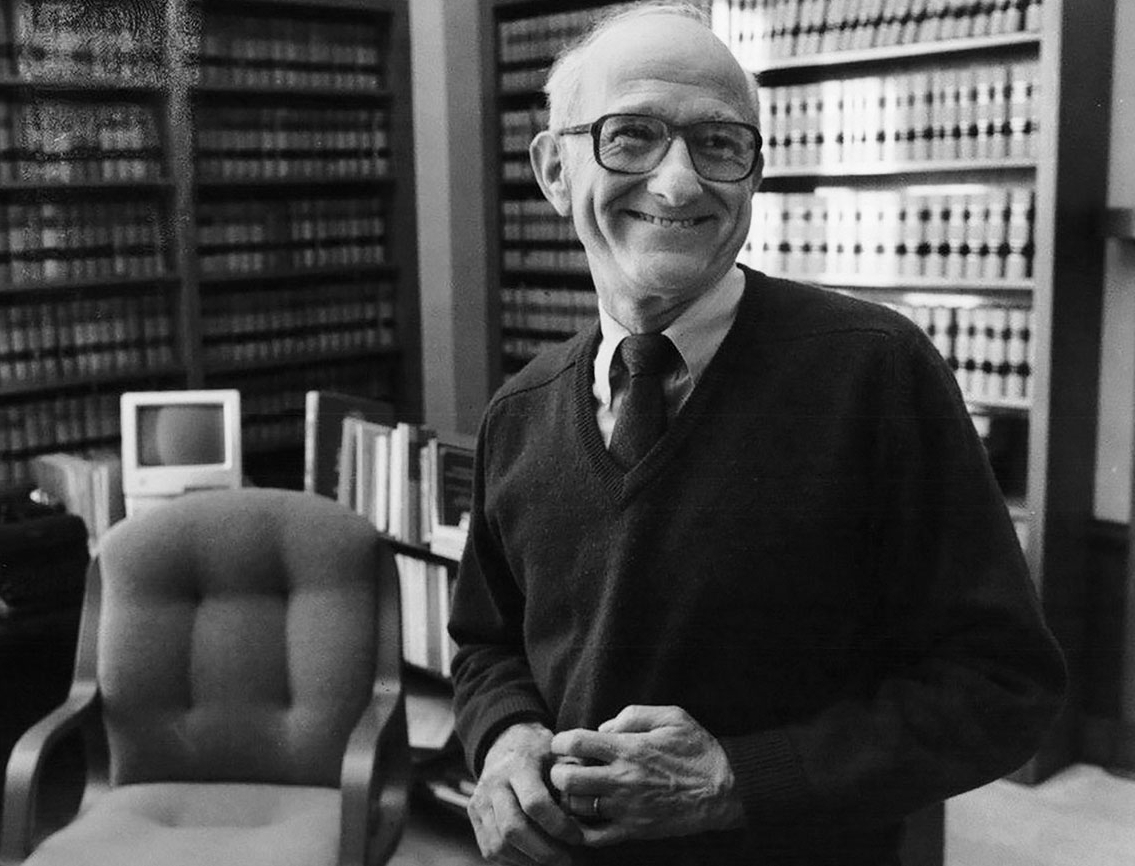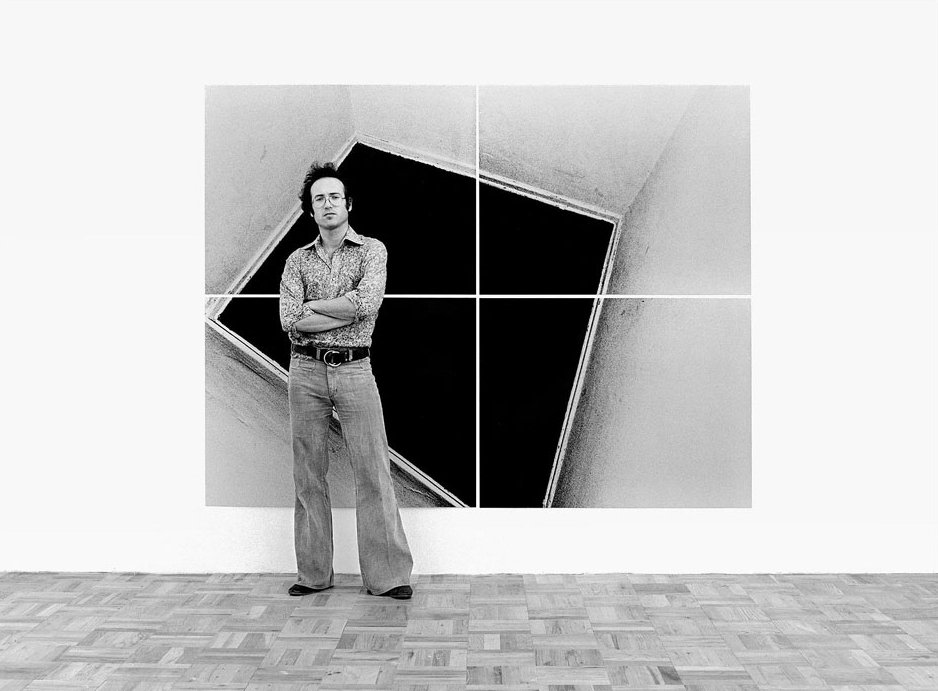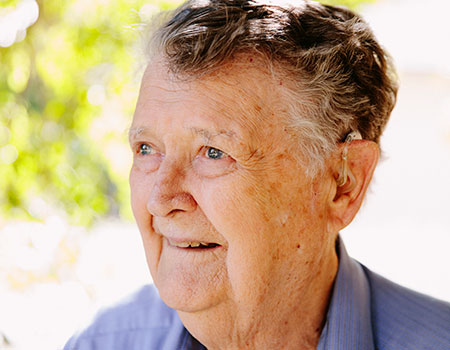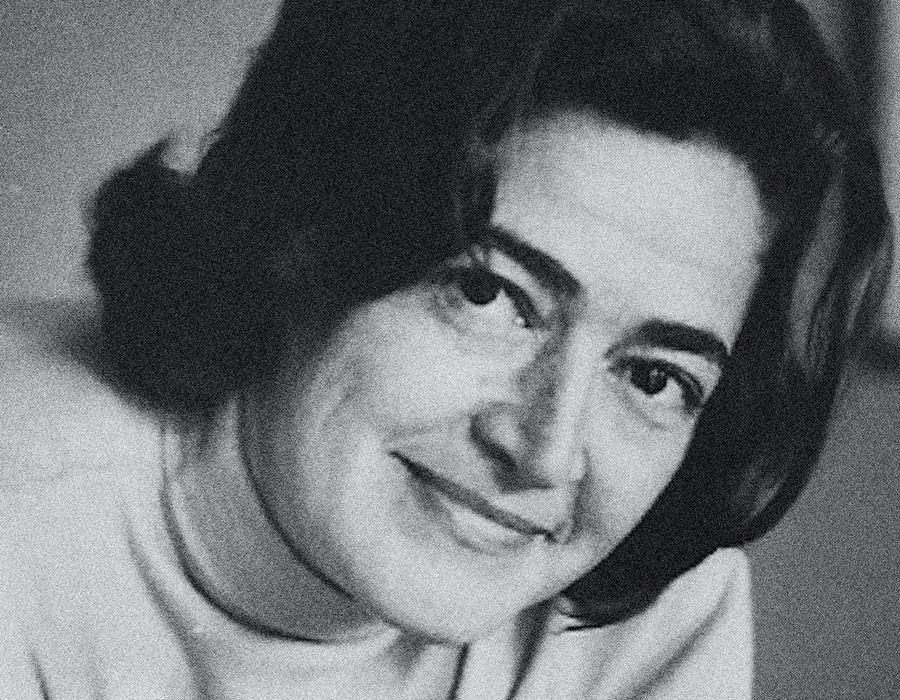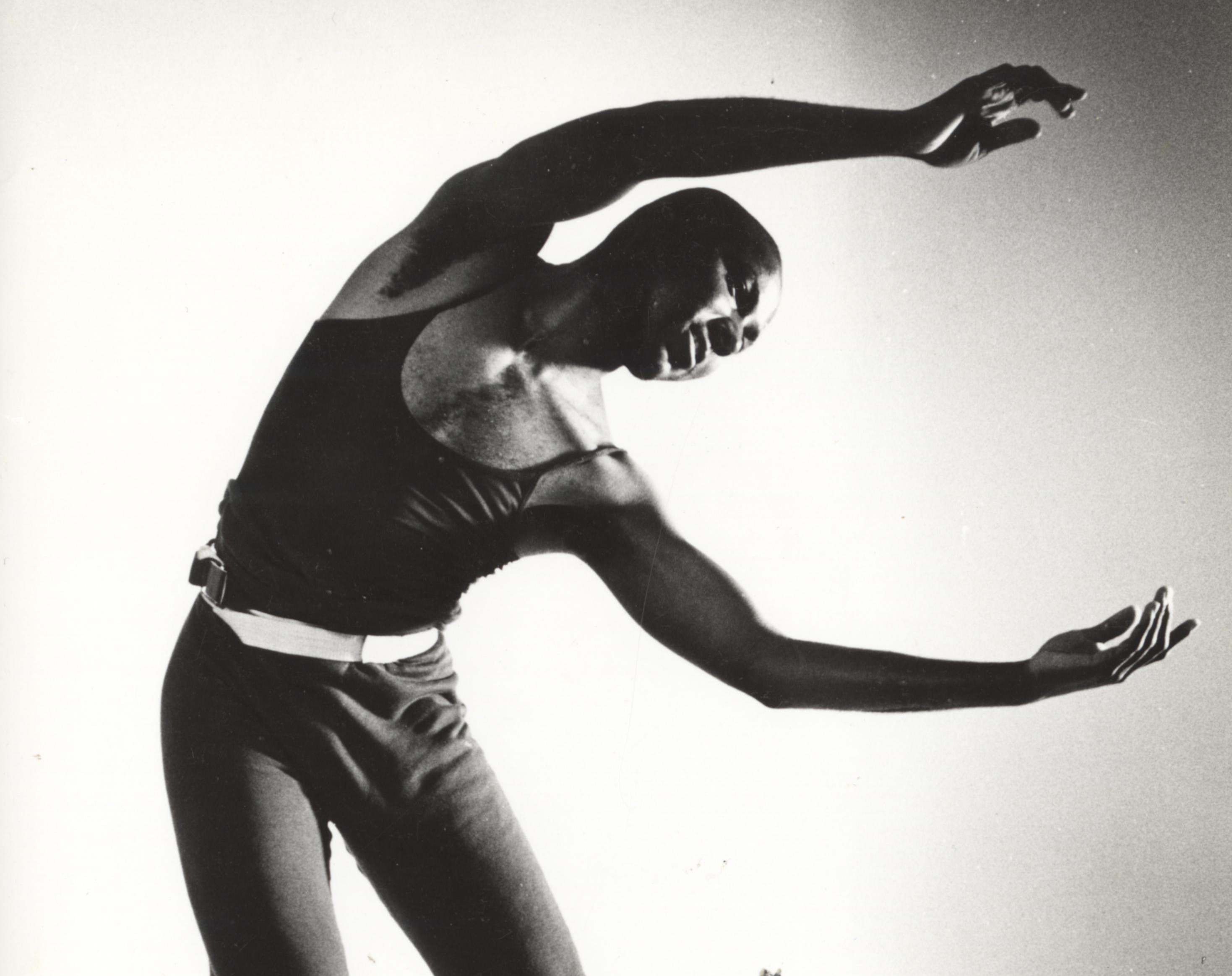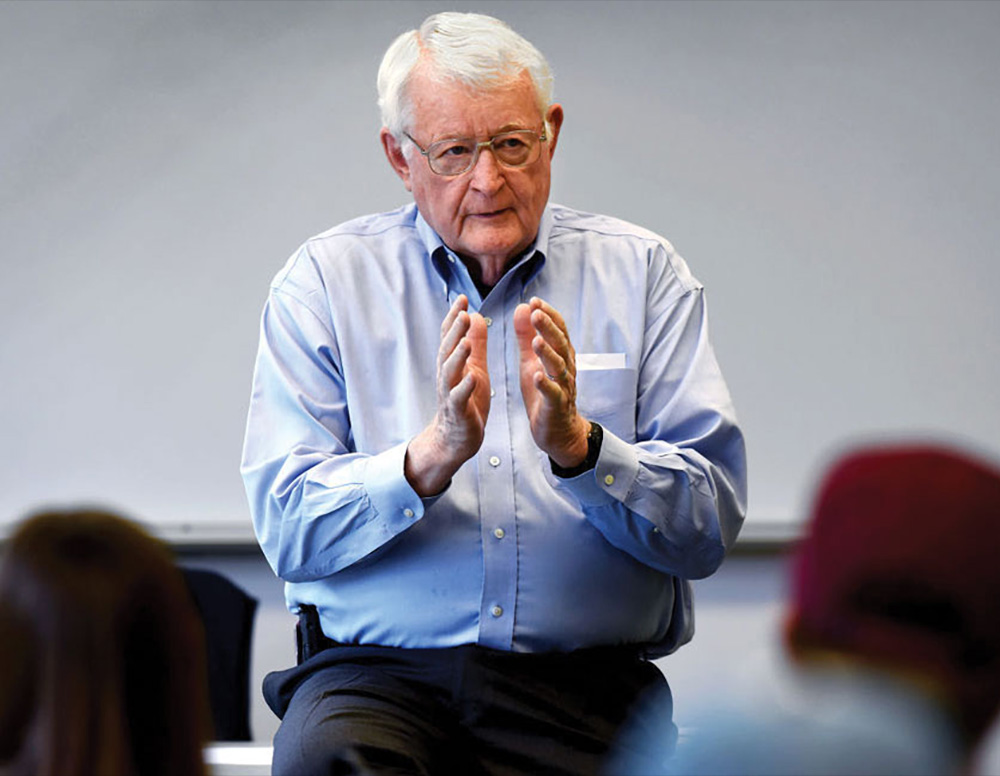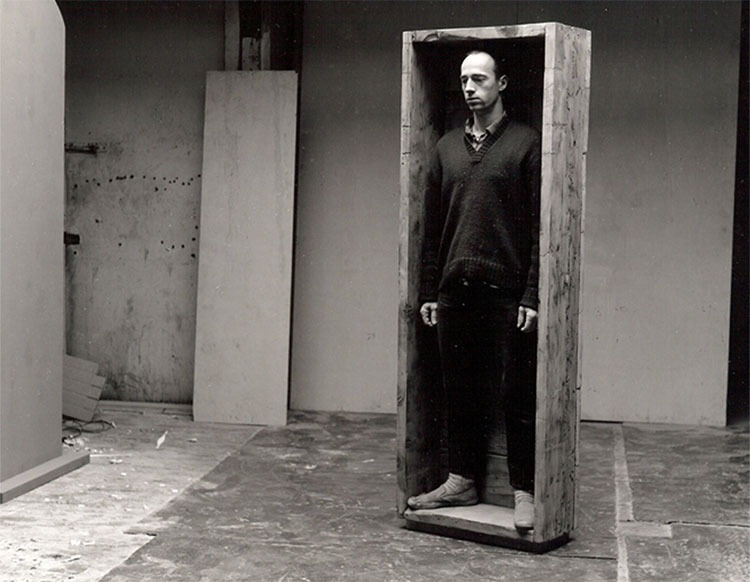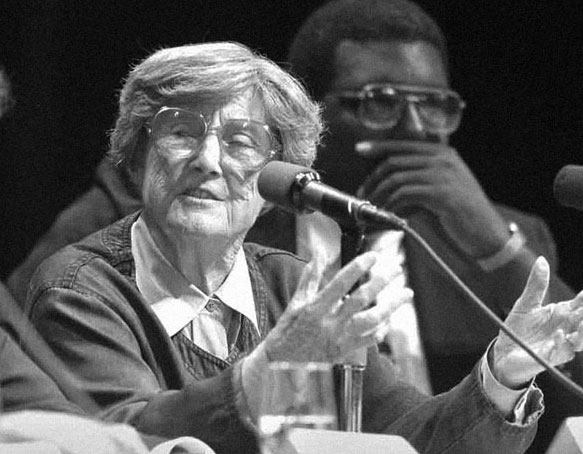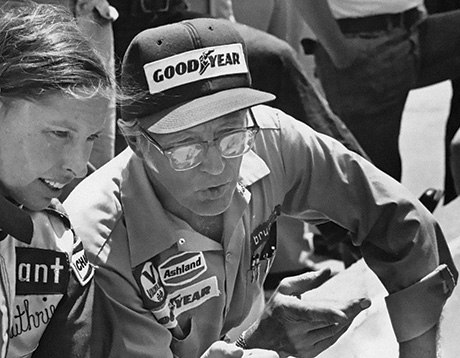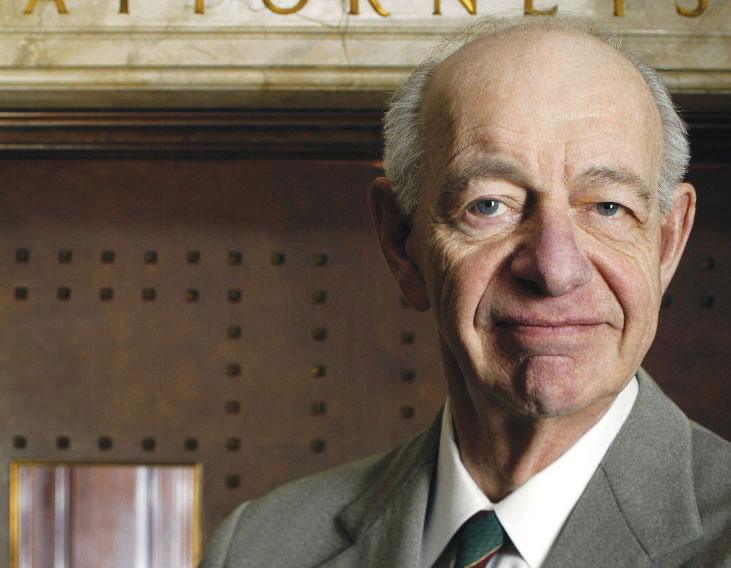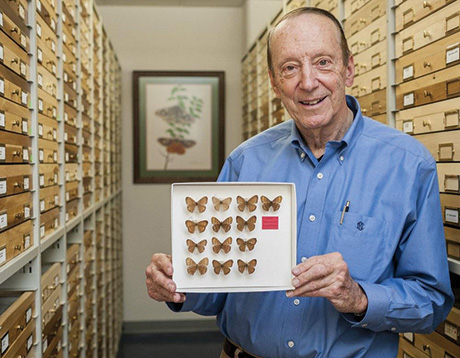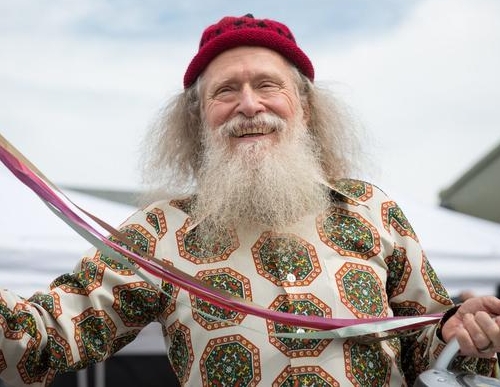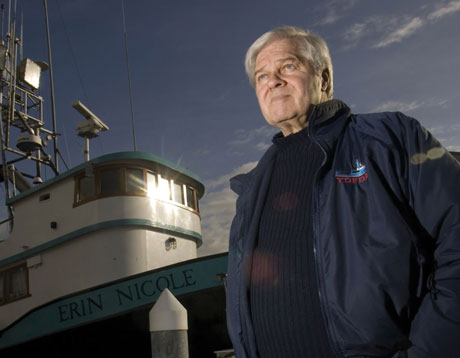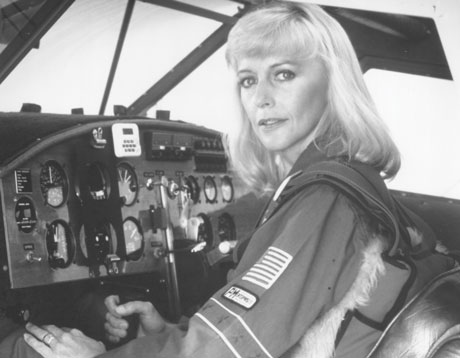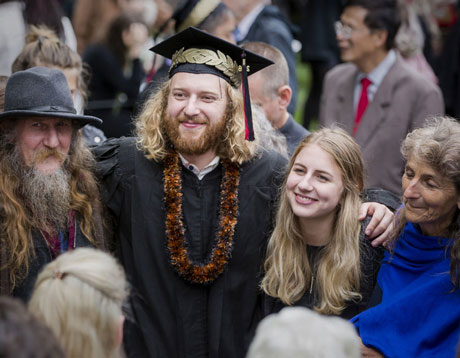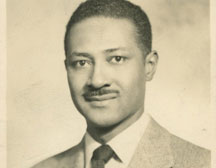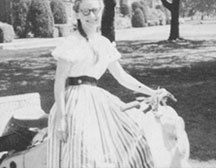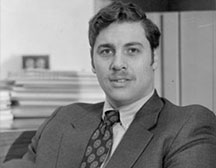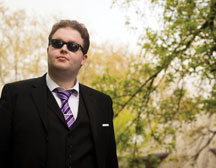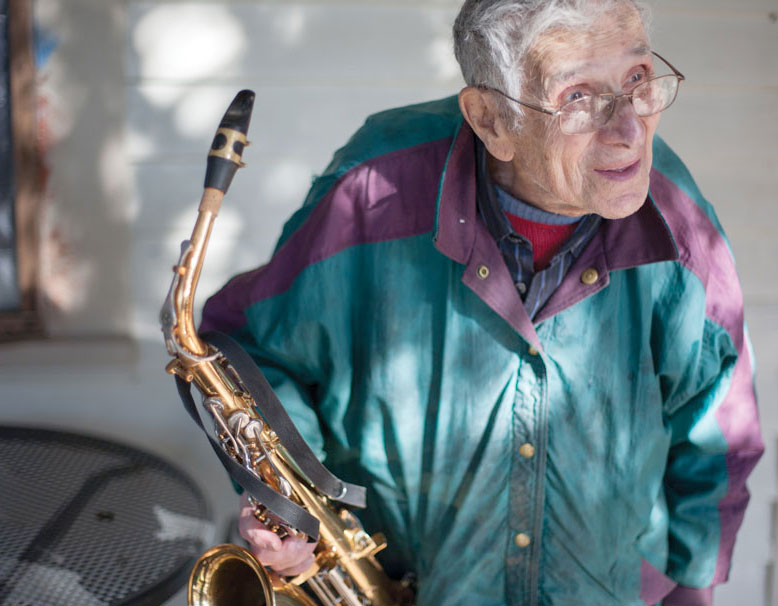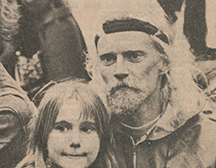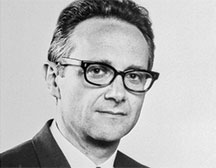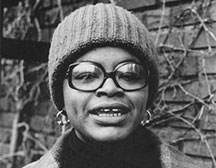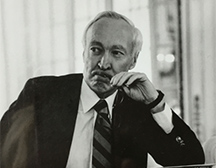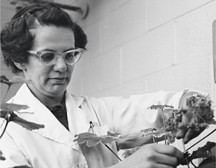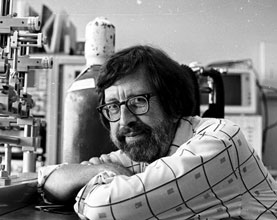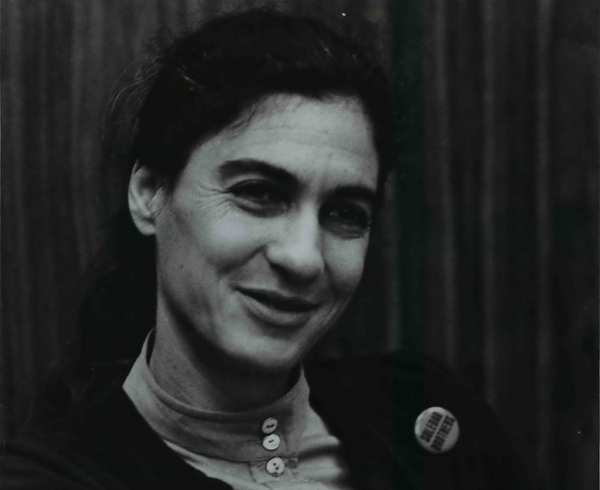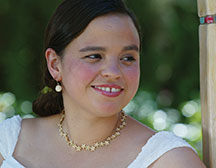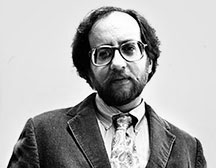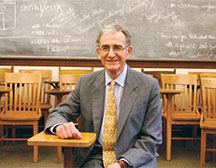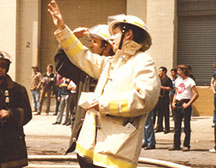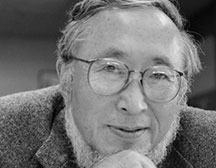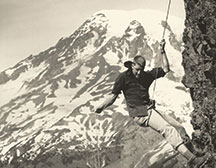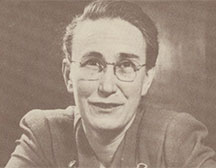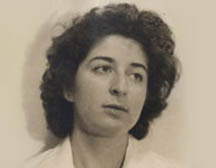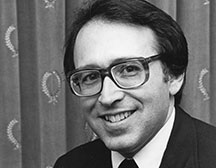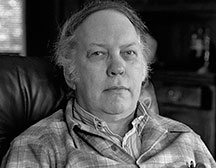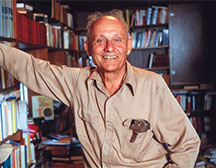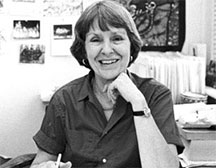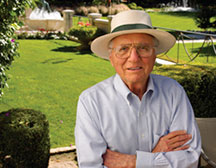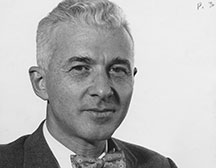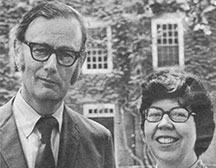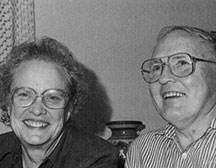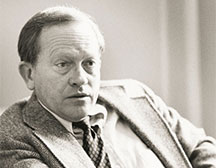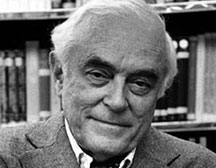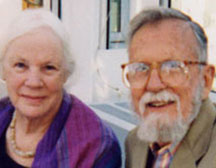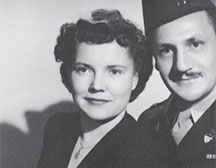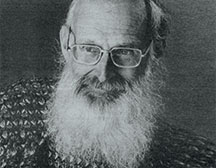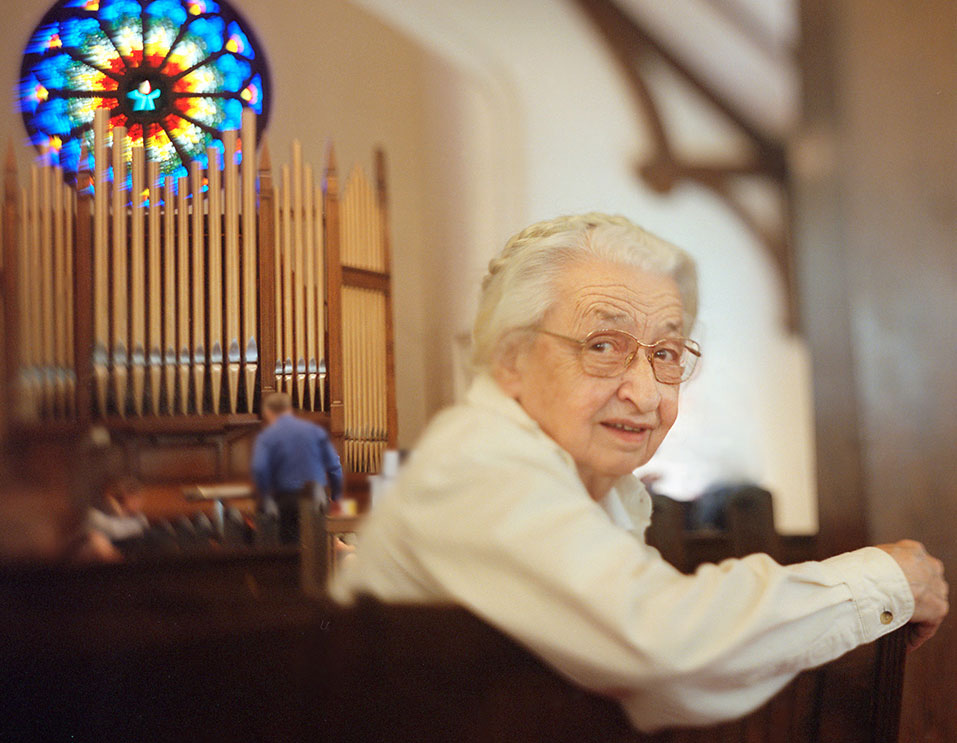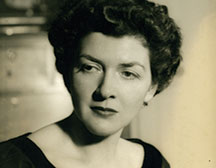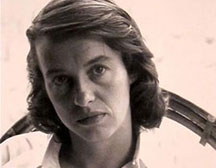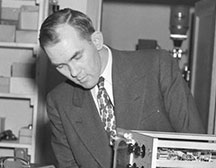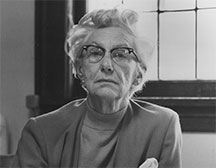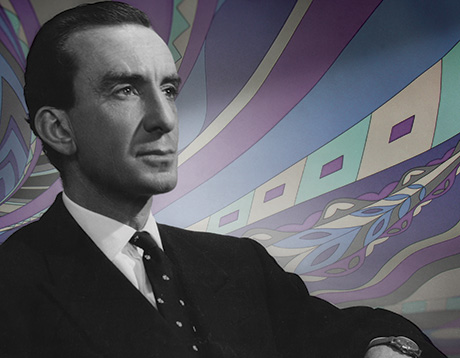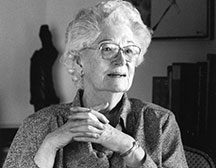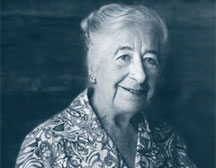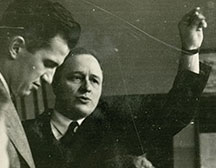The Henry Ford of higher ed.
John G. Sperling ’48
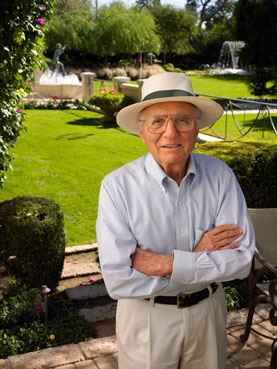
John Sperling gambled his life’s savings on a radical venture that became the University of Phoenix. Photo by Jeff Noble
John Sperling ’48, a professor-turned-entrepreneur who revolutionized the field of adult education, died in San Francisco on August 22, 2014, at the age of 93. Over the course of his life, he played many roles—sharecropper’s son, gas station attendant, merchant seaman, union organizer, author, and billionaire—but was best known for founding the University of Phoenix, which tapped into the demand among working adults for education that was accessible, practical, and relevant to their careers. He was, as President Steven Koblik [1992–2001] once said, “the Henry Ford of higher education.”
Born the youngest of six children to an impoverished family of sharecroppers, John spent his first years in a log cabin near the Ozark hamlet of Freedom House, Missouri. Looking back, he came to view his poverty as a gift. “Freedom’s just another word for nothing left to lose,” goes the Kris Kristofferson song “Me and Bobby McGee.” Invoking those lyrics, John remarked, “That’s the freedom that comes to those who, like me, embark on life with nowhere to go but up.”
John was both the apple of his mother’s eye and his father’s favorite whipping boy. At the age of 10 he warned his dad, “If you ever hit me again I will kill you in your sleep.” The beatings stopped.
Five years later his father died in his sleep. “I could hardly contain my joy,” John wrote in his autobiography Rebel with a Cause. “I raced outside, rolled in the grass squealing with delight . . . I realized that this was the happiest day of my life. It still is.”
His childhood was also marked by pneumonia, horrible burns, and—though he was quite verbal—an inability to read. John couldn’t connect the words on the page to their meaning, but was able to memorize long passages to “read” aloud in class. That didn’t save him from being the object of his classmates’ derision.
After his father died, John moved with his mother to Oregon and attended Portland’s Washington High School. When he graduated from high school in 1939, he joined the U.S. Merchant Marine, taking a job with the Matson freighter line. He saw the world and developed a sense of history “as seen through the eyes of the seafaring proletariat.” When a shipmate taught him to read, John’s life was transformed. The billionaire entrepreneur would recollect: “I have learned more about how to conduct my business affairs from such novels as Tom Jones, Emma, Notes from the Underground, The Red and the Black, Death Comes for the Archbishop, and The Great Gatsby than I ever have from reading a business book.”
In 1941, he got a job in a filling station and enrolled at San Francisco City College, where he excelled in math and physics. When Pearl Harbor was bombed in December, he moved back to Portland and enlisted in the navy air corps. While waiting to be called up, he took a job in a shipyard and enrolled at Reed. Before the semester was out, however, he was called up for preflight training. He finished the training, transferred to the army air corps, returned to Portland, and enrolled at Reed for the second time, only to be called up again for basic training. In January 1943, he married his Reed College sweetheart and went off to war. When he finally mustered out of the service, he returned to Reed for two of the hardest years in his young adult life.
In 1946, Reed saw an influx of battle-weary vets coming to college thanks to the GI Bill. Seasoned beyond their years, they wore their fatigues to class and engaged in intellectual combat with their classmates. Mason Gaffney ’48 remembers John from those years.
“We seemed to have little in common,” Mason says. “He was a scruffy, unkempt guy with tousled, curly hair and half-baked radical opinions that permitted little questioning or dialogue—the joys of Reed.”
John wrote his thesis with Prof. Richard H. Jones [history 1941–86], examining the liberal ideology that followed the overthrow of the French king Charles X in 1830 and continued through the Revolution of 1848, which marked the creation of the Second Republic.
Drawing upon his experiences, John forged a new ideological identity—that of an intellectual dedicated to improving the condition of the working class.
John enrolled at University of California, Berkeley, divorced his first wife, and married his second, Virginia. “Compared with Reed,” he said, “Berkeley was a cakewalk when it came to class work.”
He earned an MA in history and won a scholarship at King’s College at the University of Cambridge, where he completed his doctorate on English financial history. In 1960, after teaching history at Ohio State University, the University of Maryland, and Northern Illinois University, John became a professor at San Jose State University, where he taught history, became a union leader, and led a faculty strike (which collapsed). During this time his son, Peter, was born; he also divorced Virginia and met Joan Hawthorne, who would become his lifelong companion.
In the early ’70s, John won a government contract to develop course work for teachers and police officers working with at-risk children. The adult students were eager to take more classes and earn degrees, and Sperling proposed that such offerings not only made sense—they could be profitable. But administrators at San Jose weren’t interested.
At the age of 53, the radical professor took $26,000 worth of hard-earned savings and established what would become the Institute for Professional Development (IPD), a private organization offering the outcomes of a traditional, campus-based education, but delivered at times and places—and in a format—desirable to adults.
“In 1970, a working adult wanting to pursue a degree was offered courses designed for kids just out of high school, taught by professors who considered it their job to deliver the subject matter in lectures scheduled for two or three nights per week,” John stated. “With great persistence, an adult learner could expect to earn a degree in 6 to 10 years.”
IPD contracted with several colleges to provide adult education and soon attracted the ire of traditionalists, who denounced it as a “diploma mill.”
Particularly controversial were the concepts of untenured faculty composed of working professionals who taught at night what they worked at during the day, programs developed with employers, and standardized courses with specific learning objectives taught the same way each time the course was offered.
“We violated much that was sacred in the groves of academe,” John said.
In 1976, John moved his operation to Arizona and launched the University of Phoenix, destined to become the nation’s largest private university, offering undergraduate and graduate degree programs at more than 100 locations. When the parent company, Apollo Group, went public in 1994, he became a billionaire. At its peak, the University of Phoenix boasted an enrollment of nearly 600,000 students, and few could deny that his vision had transformed higher education, particularly distance learning.
By the turn of the century, however, the University of Phoenix attracted mounting criticism that it was more concerned with profit than student success. In 2004 the U.S. Department of Education fined the university $9.8 million for using excessive pressure tactics to increase student enrollment. The DOE charged that the institution provided substantial incentives to recruit unqualified students who could not benefit from its programs and that it operated in a duplicitous manner to evade detection. The University of Phoenix agreed to pay the fine without admitting any wrongdoing.
By then, John had relinquished day-to-day oversight of the venture and focused his energy on longstanding interests such as cloning, health and longevity research, marriage equality, and marijuana legalization.
John also gave generously to Reed. He made a gift of $1 million to build the Educational Technology Center and established an endowment for new technology. He established the Sperling Studentship to support Reed graduates in the pursuit of a three-year doctoral degree at the University of Cambridge. He was a generous and reliable donor to the Annual Fund. And he bequeathed $2.5 million to Reed in his will.
“Reed was a life-defining experience from which I have not fully recovered,” John said. “Of course, I never wanted to fully recover.”
Speaking at Reed in 1997, he praised the college for its commitment to free speech and as an open market for ideas, no matter how outrageous. He predicted that Reed would always thrive. “[Reed] protects its reputation for excellence, which is its franchise, by restricting enrollment to the junior members of the meritocracy,” he said. “This exclusivity is why students seek admission. In carrying out its mission, Reed serves society by strengthening the American meritocracy . . . Its power in socializing its students and the affection it engenders in its graduates insures the future of Reed College.”
John is survived by his son, Peter; his daughter-in-law, Stephanie; two grandchildren, Max and Eve; his former wife Virginia; and his longtime companion Joan Hawthorne.
[Published in Reed magazine as “The Henry Ford of Higher Ed,” by Randall S. Barton]
Appeared in Reed magazine: December 2014
comments powered by DisqusFrom the Archives: The Lives they Led
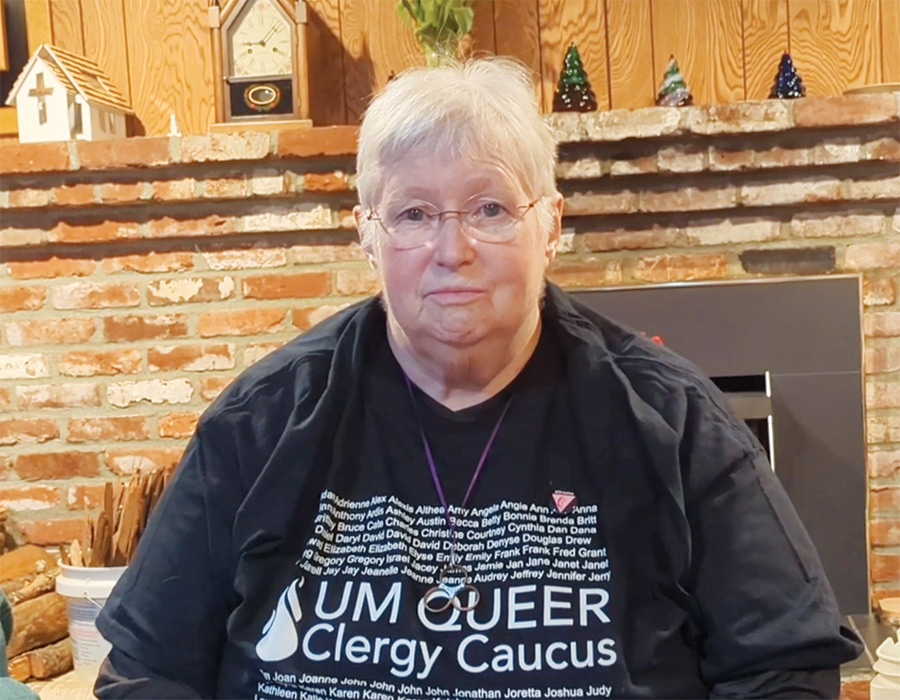
Jeanne Knepper ’69
The First Openly Gay Woman to Be Ordained and Appointed Within the Oregon-Idaho Conference of the United Methodist Church
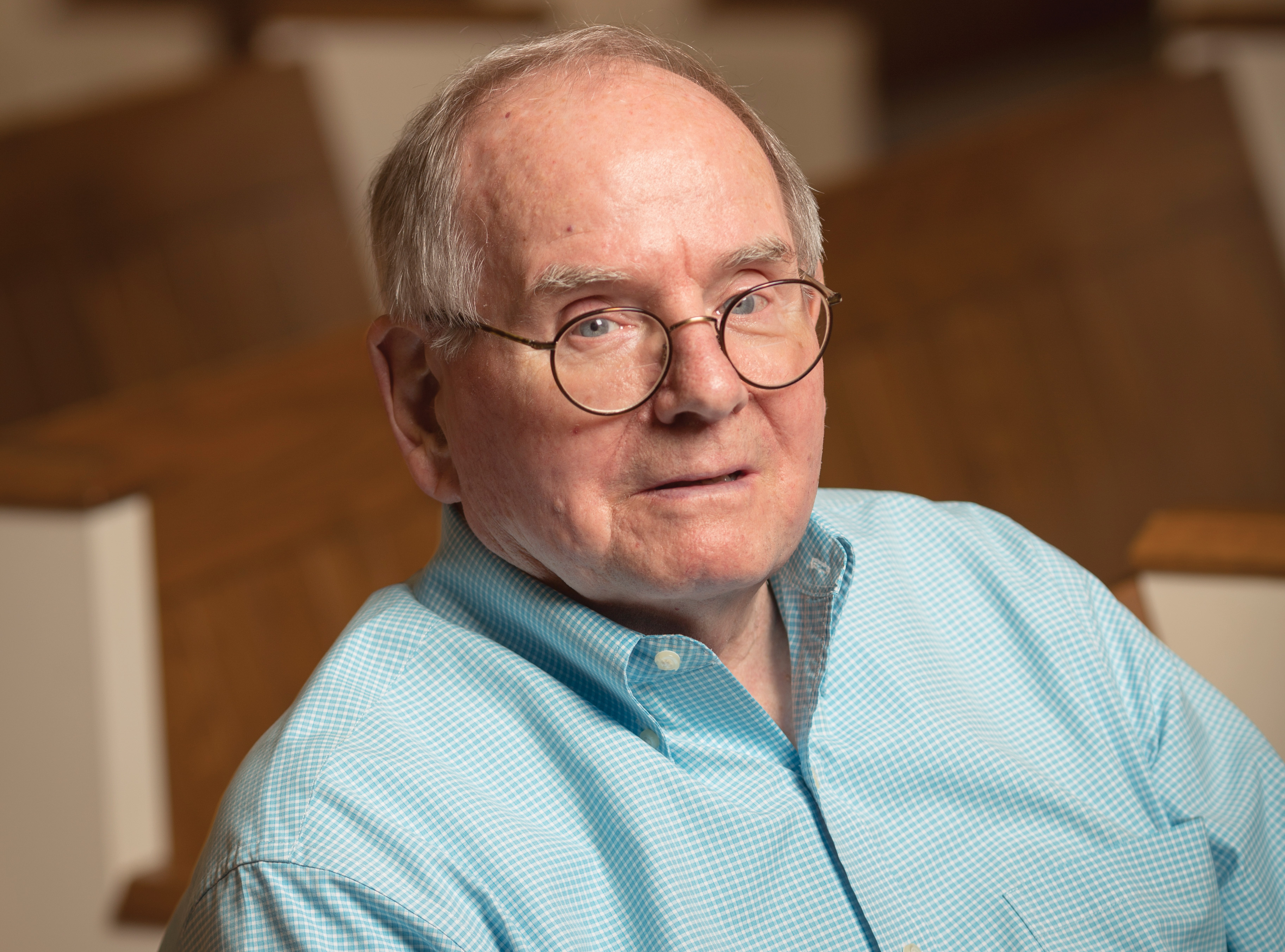
William Haden
As Acting President of Reed, He Strengthened the College's Finances and Alumni Relations
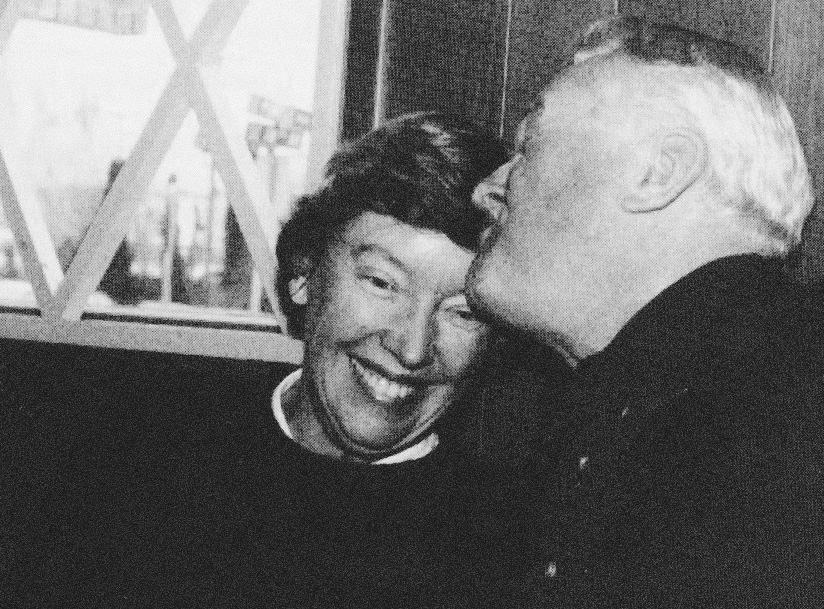
Nancy Horton Bragdon
Reed’s First Lady Whose Warmth and Leadership Were Invaluable During a Turbulent Time

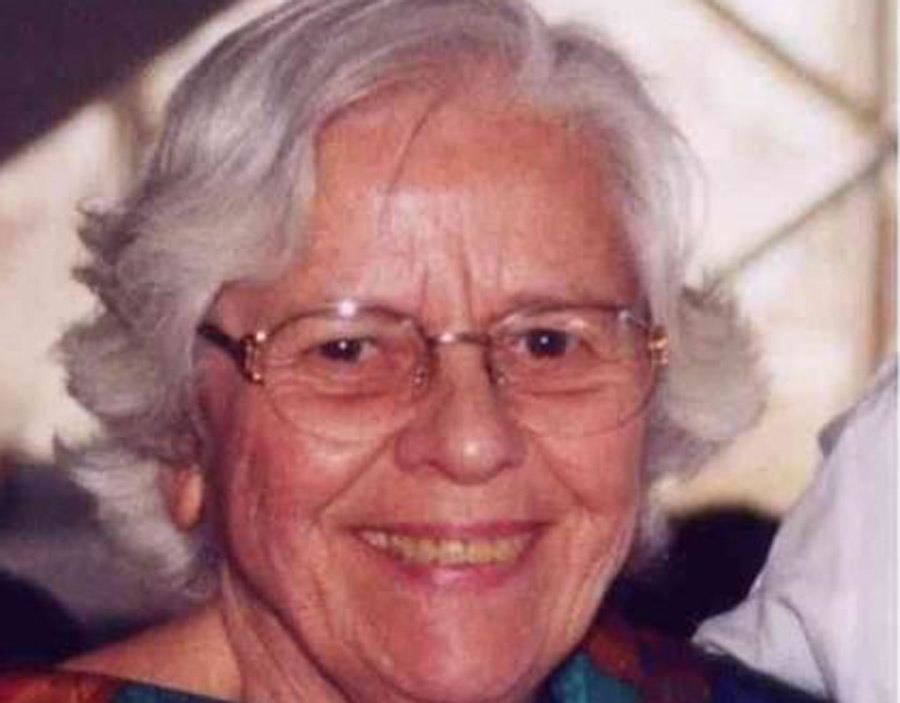
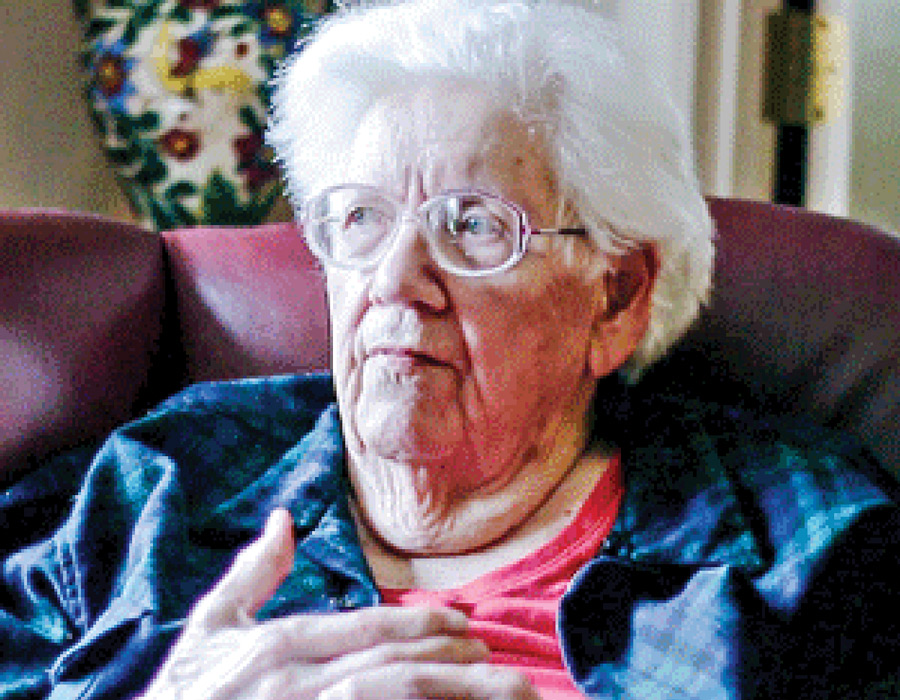
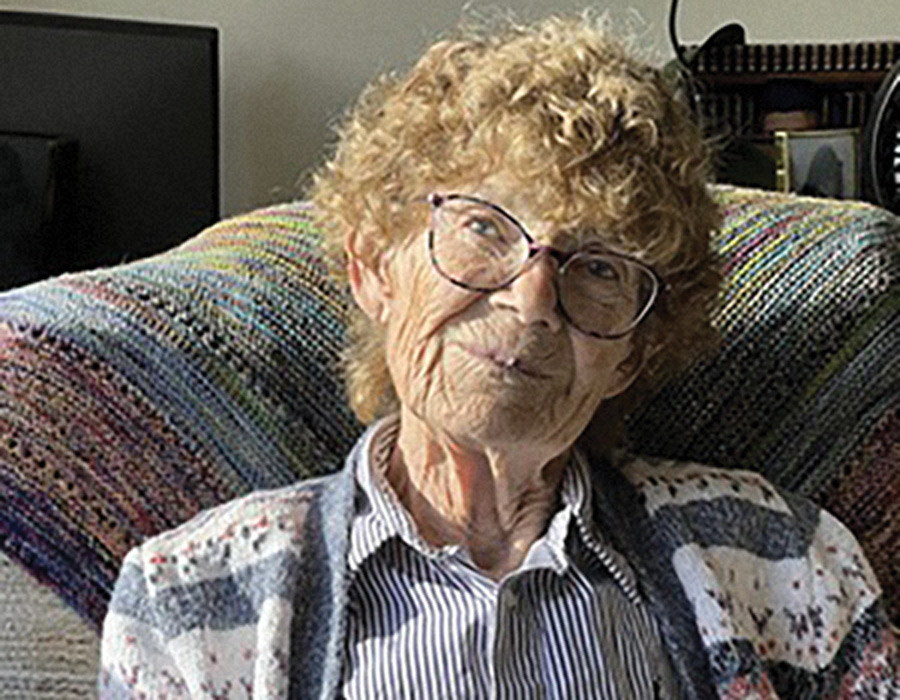
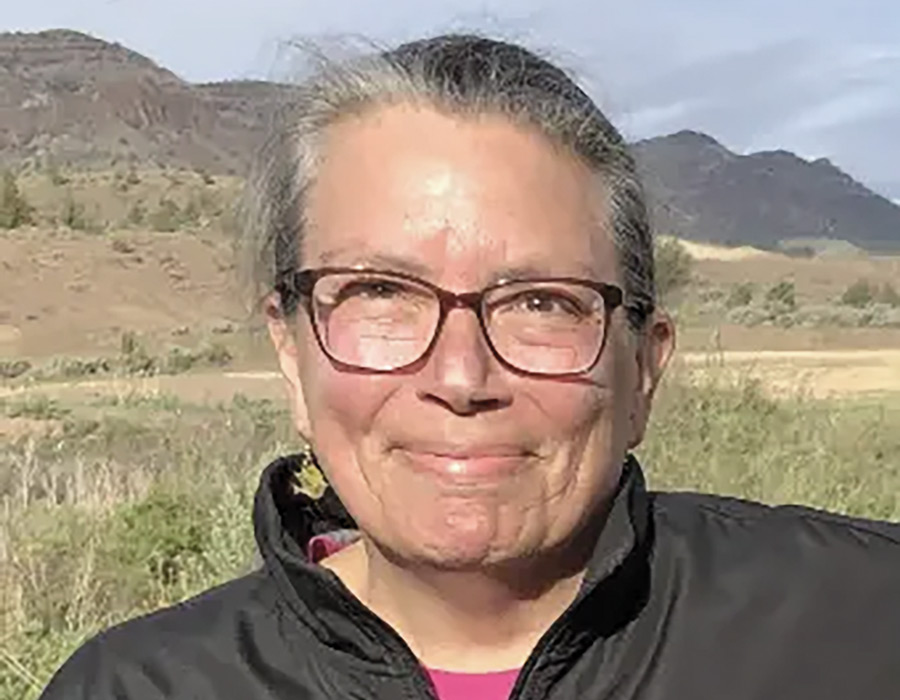
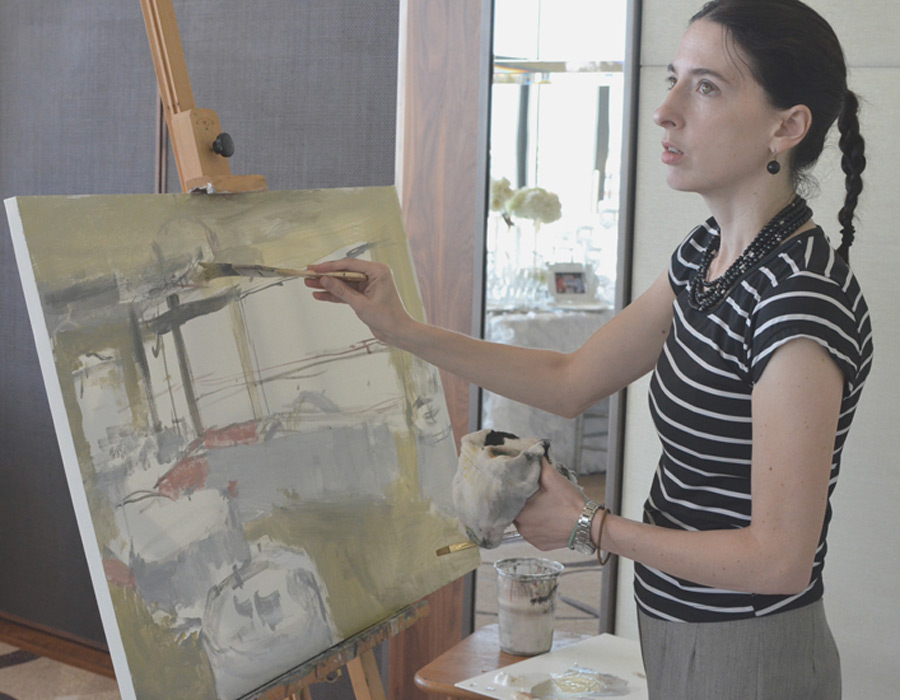
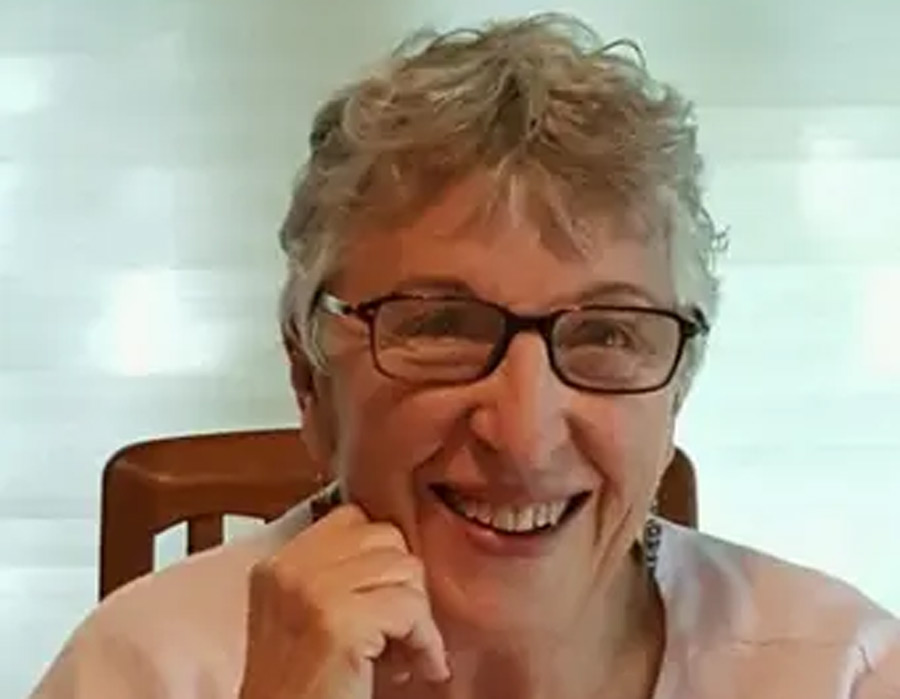
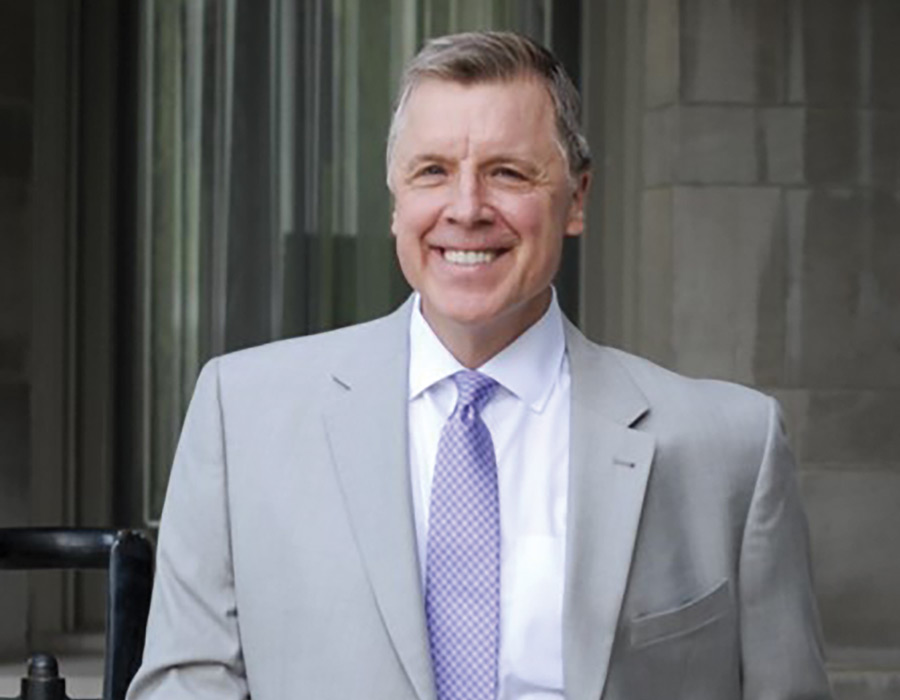
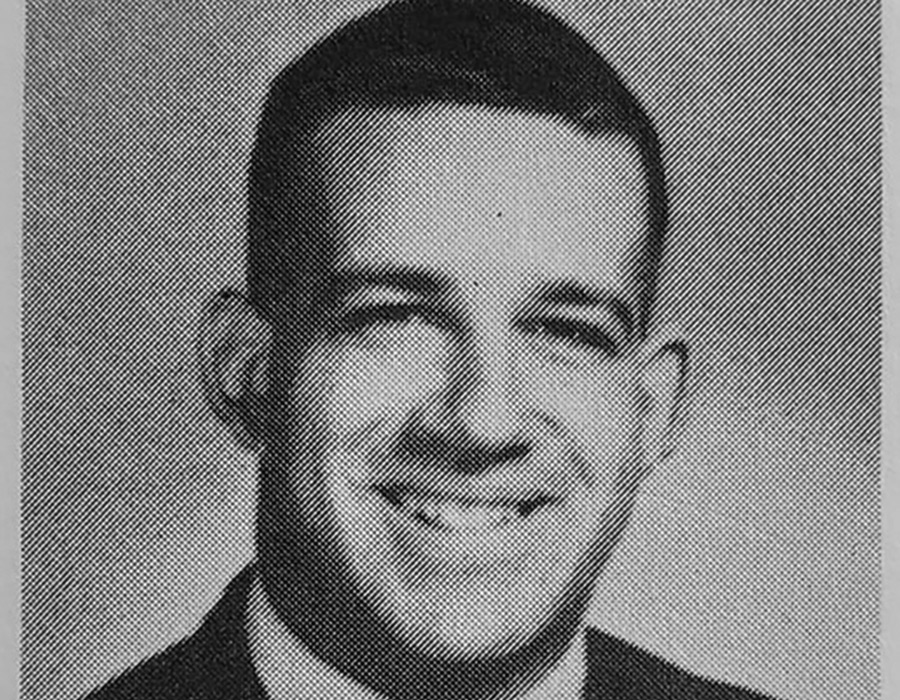
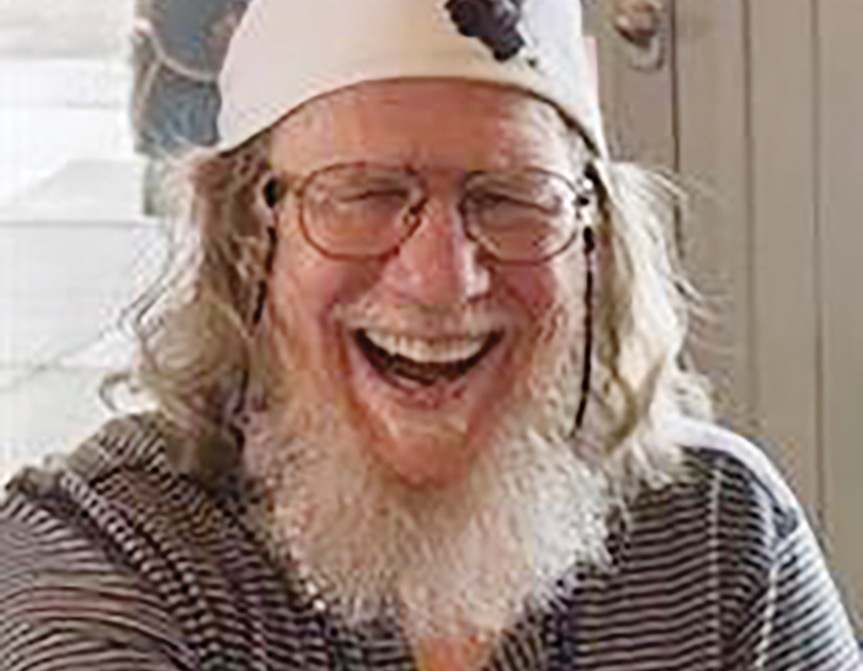
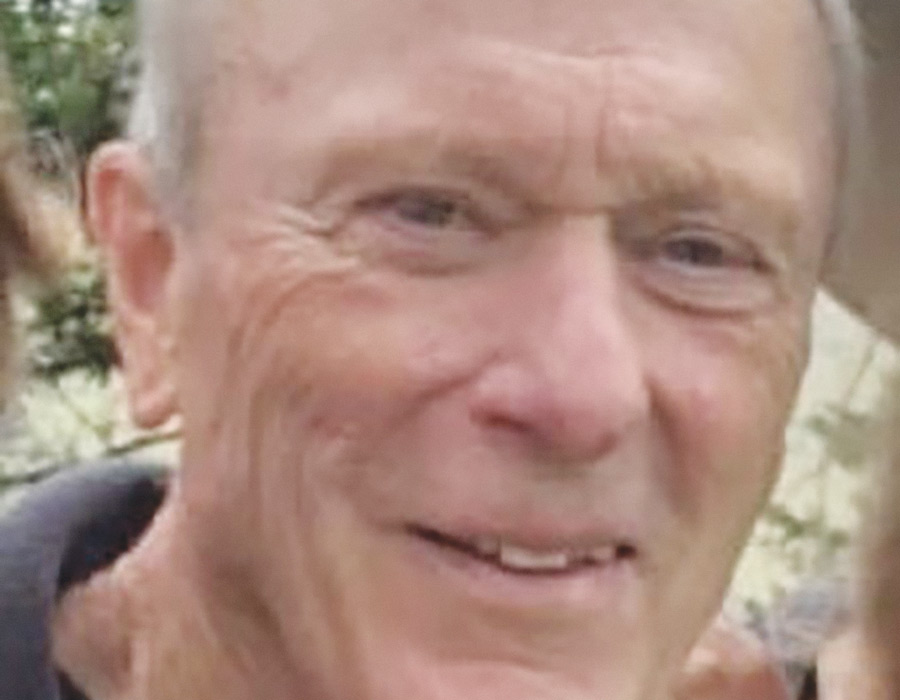
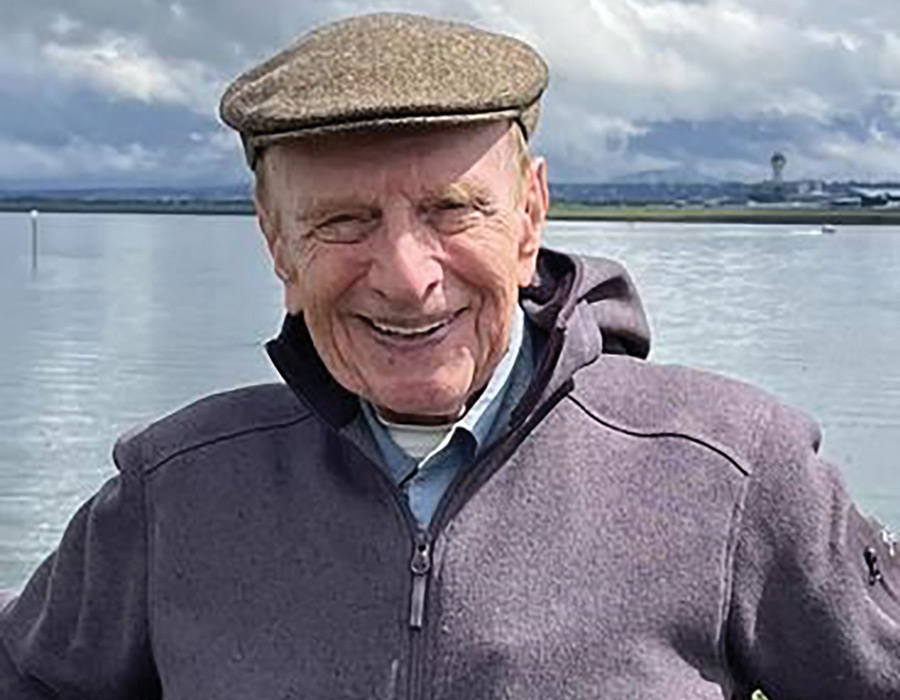
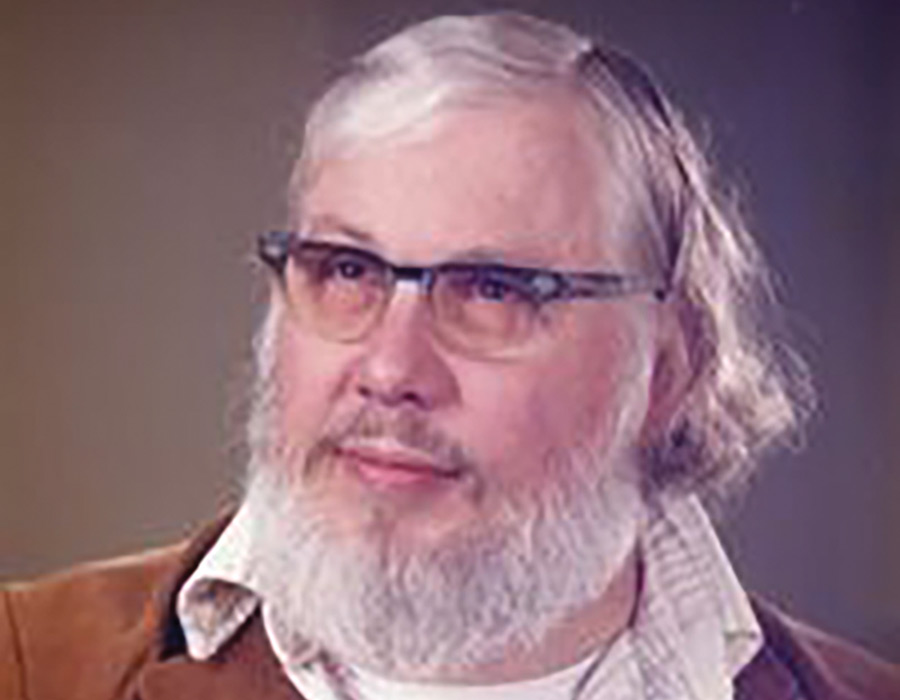
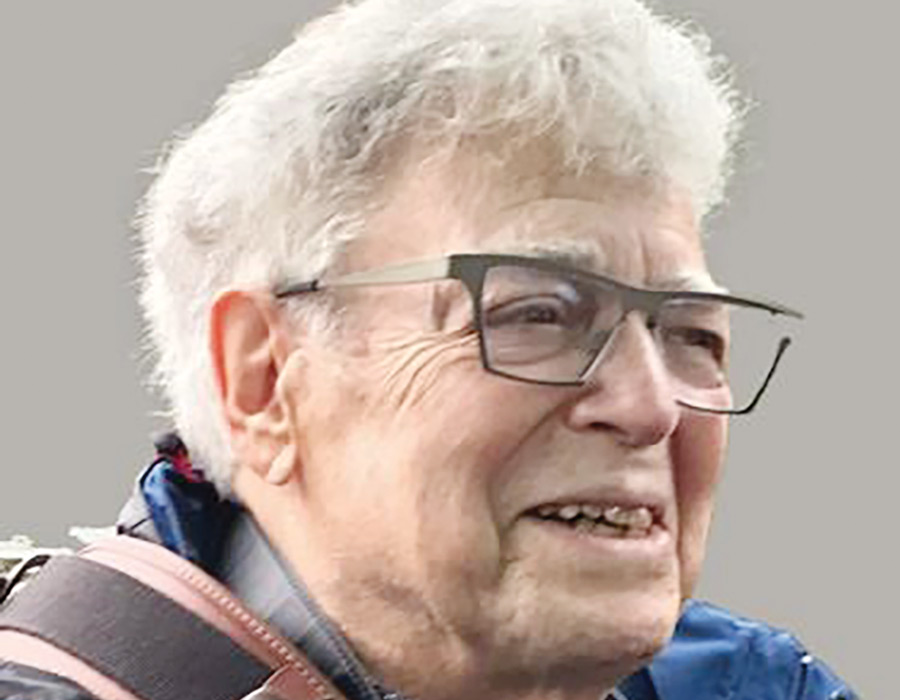
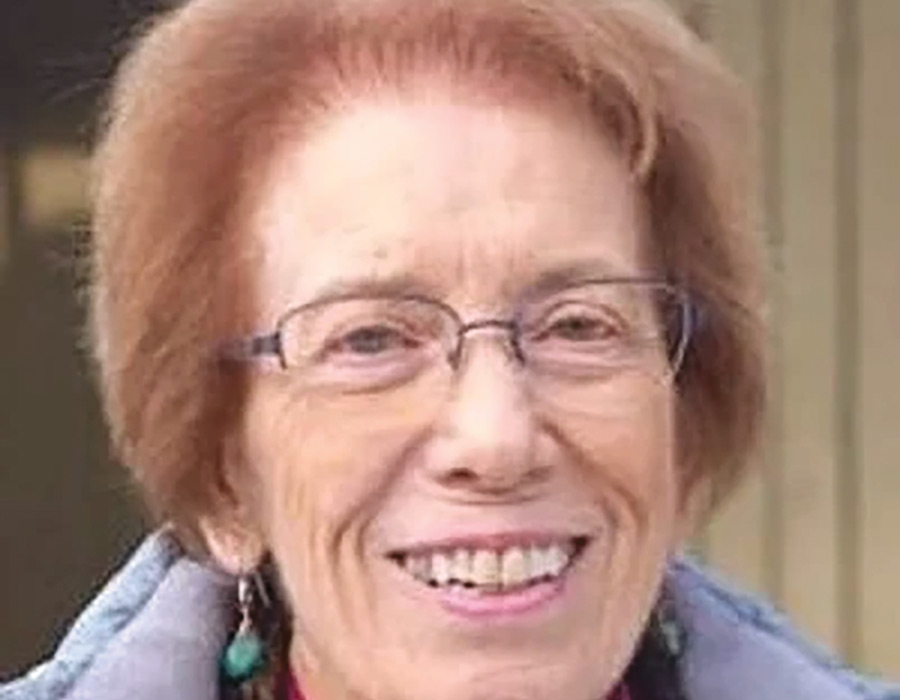
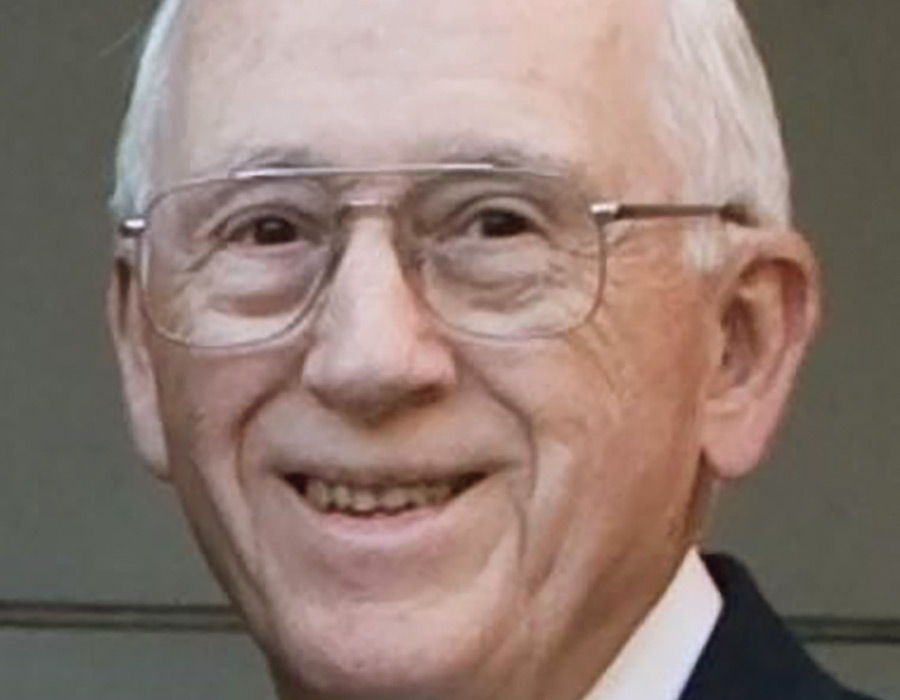
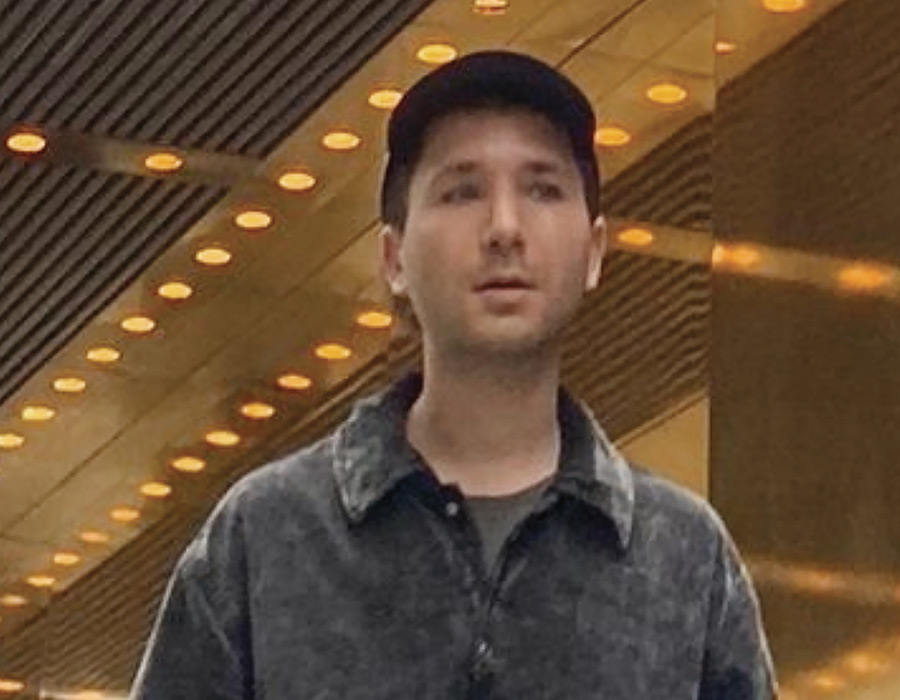
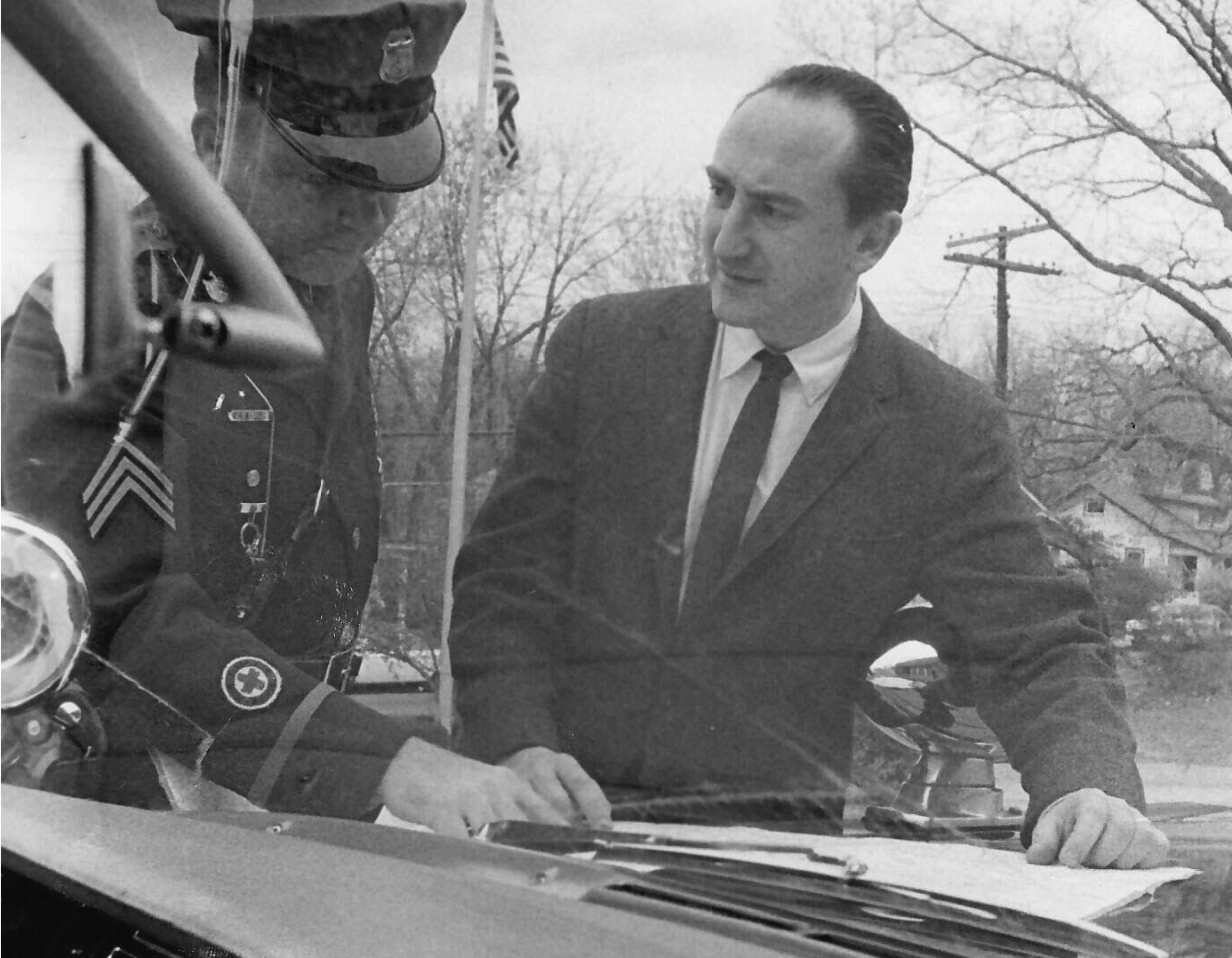
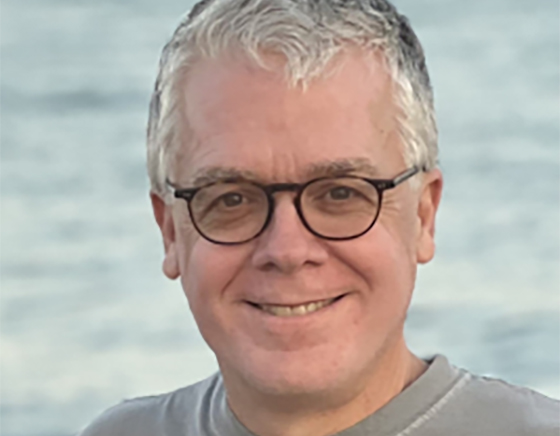
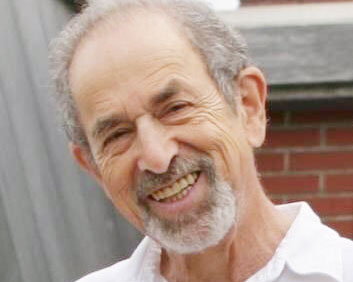
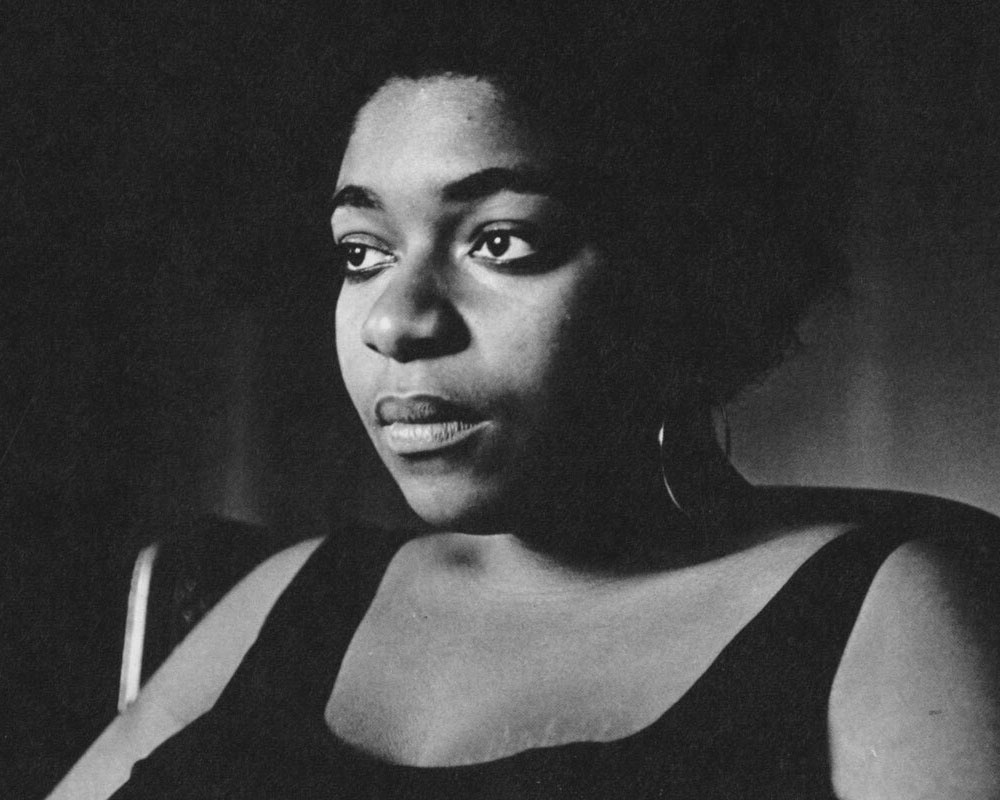
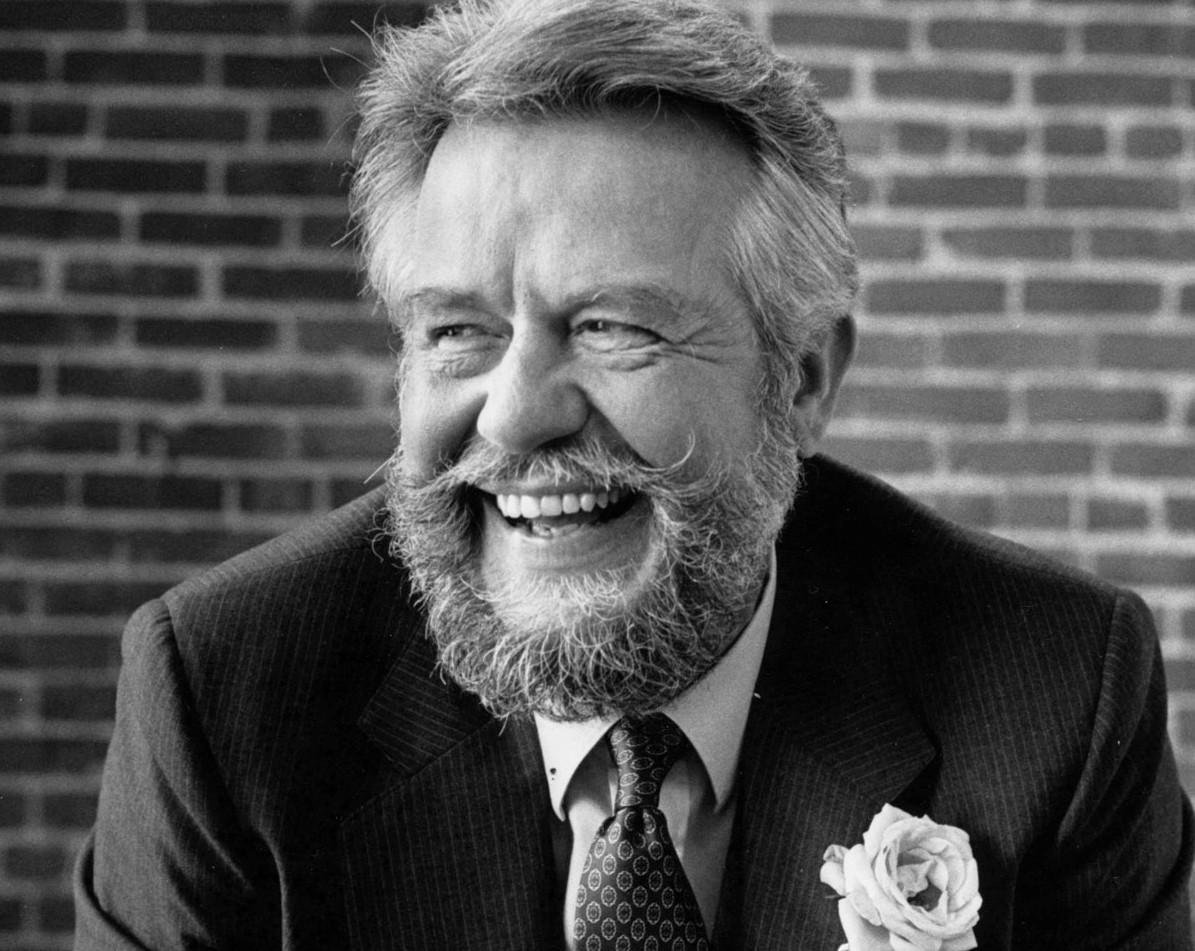
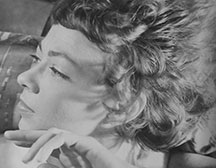
![Photo of Prof. Marvin Levich [philosophy 1953–94]](https://www.reed.edu/reed-magazine/in-memoriam/assets/images/2022/LTL-levich1.jpg)
![Photo of President Paul E. Bragdon [1971–88]](https://www.reed.edu/reed-magazine/in-memoriam/assets/images/2020/Bragdon.jpg)
![Photo of Prof. Edward Barton Segel [history 1973–2011]](https://www.reed.edu/reed-magazine/in-memoriam/assets/images/2020/Segel.jpg)
